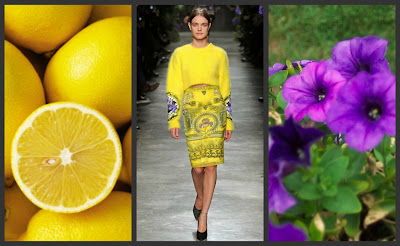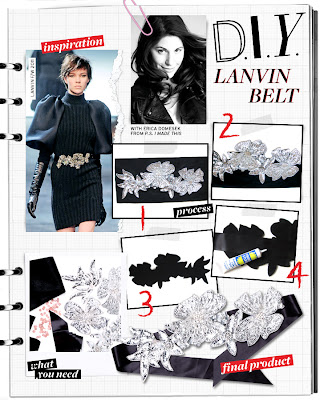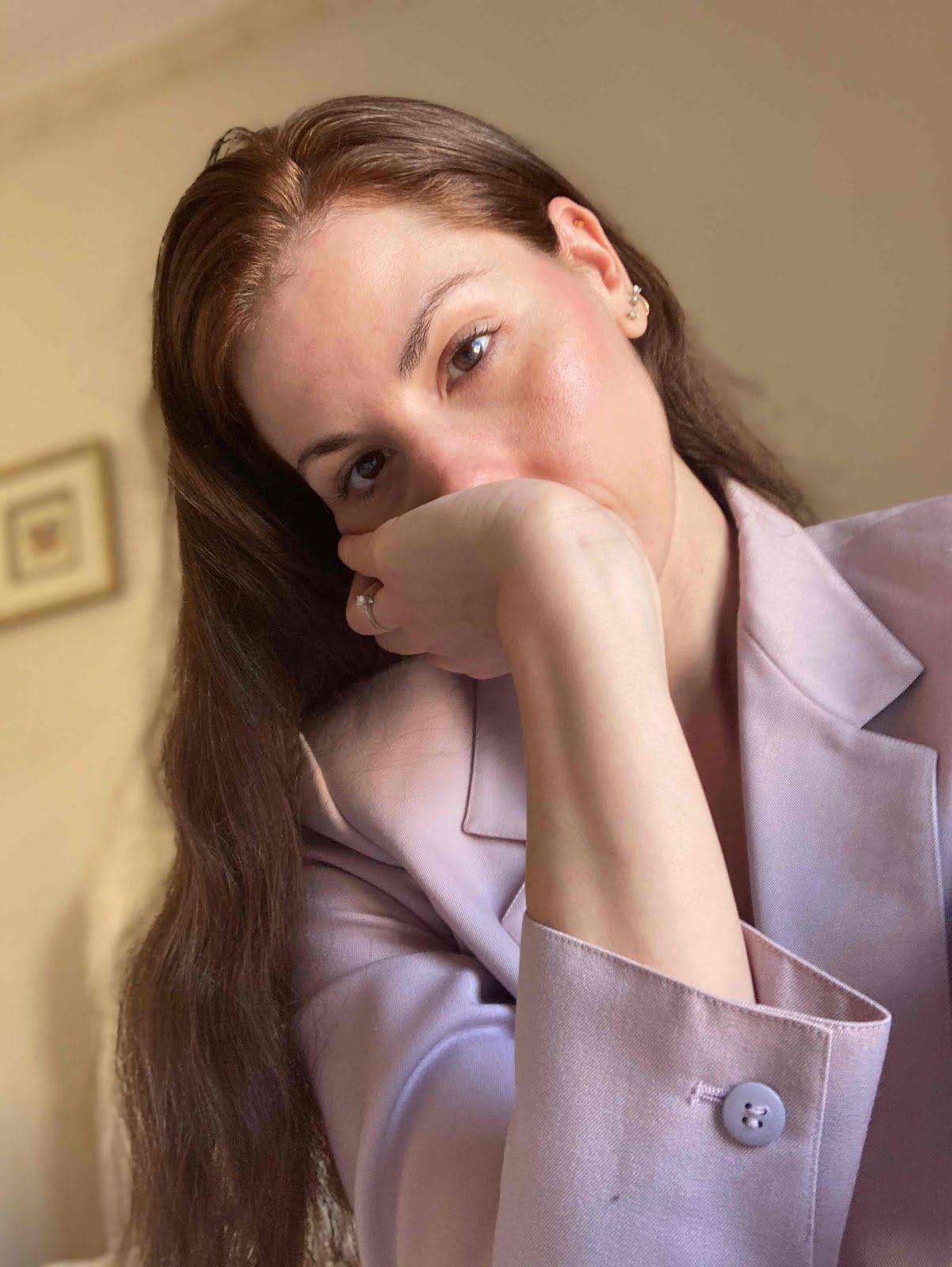chanel 5 the body mist





The scent, from wikipedia
[edit]Provenance of the "recipe"
The idea for the development of a distinctly modern fragrance had been on Chanel’s mind for some time when her lover, Grand Duke Dmitri Pavlovich, introduced her to Ernest Beaux on the French Riviera in early 1920. Beaux was the master perfumer at A. Rallet and Company, where he had been employed since 1898. The company was the official perfumer to the Russian royal family, and “the imperial palace at St. Petersburg was a famously perfumed court.”[22] The favorite scent of the Czarina Alexandra, composed specifically for her by Rallet in Moscow, had been an eau de cologne opulent with rose and jasmine named Rallet O-DE-KOLON No.1 Vesovoi.
In 1912, Beaux created a men’s eau de cologne, Le Bouquet de Napoleon, to commemorate the 100th anniversary of the Battle of Borodino, a decisive battle in the Napoleonic Wars. The success of this men’s fragrance inspired Beaux to create a feminine counterpart, whose jumping off point was the chemical composition of aldehydic multiflores in Hougibant’s immensely popular Quelques Fleurs (1912).[23]
He experimented and manipulated the aldehydes in Quelques Fleurs, resulting in a fragrance he christened Le Bouquet de Catherine. The scent was intended to inaugurate another celebration in 1913, the 300th anniversary of the Romanoff dynasty. The debut of this new perfume proved ill-timed. World War I was approaching, and the czarina and the perfume’s namesake, the Empress Catherine, had both been German-born. A marketing misfortune that invoked unpopular associations, combined with the fact that Le Bouquet de Catherine was enormously expensive, made it a commercial failure. An attempt to re-brand the perfume, as Rallet No. 1 was unsuccessful, and the outbreak of World War I in 1914 effectively prevented public acceptance of the brand.
Beaux, who had affiliated himself with the Allies and the White Russian army, had spent 1917-19 as a lieutenant stationed far north, in the last arctic outpost of the continent, Arkangelsk, at Mudyug Island Prison where he interrogated Bolshevik prisoners.[24] The polar ice, frigid seascape, and whiteness of the snowy terrain sparked his desire to capture the crisp fragrance of this landscape into a new perfume compound.
Beaux perfected what was to become Chanel No. 5 over several months in the late summer and autumn of 1920. He worked from the rose and jasmine base of Rallet No. 1. altering it to make it cleaner, more daring, reminiscent of the pristine polar freshness he had inhabited during his war years. He experimented with modern synthetics, adding his own invention “Rose E. B” and notes derived from a new jasmine source, a commercial ingredient called Jasophore. The revamped, complex formula also ramped up the quantities of orris-iris-root and natural musks.
The revolutionary key was Beaux’s use of aldehydes. Aldehydes are organic substances, carbon, oxygen and hydrogen. They are manipulated in the laboratory at crucial stages of chemical reaction whereby the process arrests and isolates the scent. When used creatively, aldehydes act as “seasonings,” an aroma booster. Beaux’s student, Constantin Weriguine, said the aldehyde Beaux used had the clean note of the arctic, “a melting winter note.” Legend has it that this wondrous concoction was the inadvertent result of a laboratory mishap. A laboratory assistant, mistaking a full strength mixture for a ten percent dilution, had jolted the compound with a dose of aldehyde in quantity never before used. Beaux prepared ten glass vials for Chanel’s inspection. Numbered 1-5 then 20-24, the gap presented the core May rose, jasmine and aldehydes in two complimentary series, each group a variation of the compound. “Number five. Yes,” Chanel said later, “that is what I was waiting for. A perfume like nothing else. A woman’s perfume, with the scent of a woman.”[25]
This was the defining moment in the creation of Chanel No. 5, a new perfume redolent of past places, a fragrance concordance of Chanel’s childhood years at Aubazine, Grand Duke Dmitri’s royal court in czarist Russia and Beaux’s snowy, icy arctic.
the Jayne Eyre style effect










Η χειμερινή μόδα εμφανώς επηρεασμένη από τις δεκαετίες του 30 και του 40,μας ταξιδεύει στο στυλ της ρομαντικής πρωταγωίστριας Jane Eyre.Η νοσταλγική διάθεση φαίνεται μέσα από τις μακριές φούστες,τα γλυκά καρό,τις χαλαρές πλεξίδες,τα πολύτιμα χτένια στα μαλλιά,τα άσπρα γιακαδάκια,τα βελούδινα τσόκερ και τις ζεστές κάπες.Πολύ εύκολα,μπορείτε να προσαρμόσετε στο καθημερινό σας ντύσιμο μερικά από αυτά τα στοιχεί,Συνδυάζοντας ένα πουκάμισο με λαιμό και μία μακριά φούστα με λεπτό ζωνάκι στη μέση,ή ακόμα και ένα σιφόν μακρύ φόρεμα με ρομαντικά μοτίβα και απαλά χρώματα.Συμπληρώστε άψογα το look,προσθέτοντας λεπτομέρεις,όπως είναι τα μποτάκια και τα vintage κοσμήματα με πέτρες.Τολμήστε επίσης να φορέσετε κοσμήματα στα μαλλιά και head pieces ή πιάστε την πλεξίδα σας με μία βελούδινη κορδέλα.
Jewely collabs
Candy Bar
EYE CANDIES OR WHAT..? Ένα διαφορετικό Candy bar. Τα δαχτυλίδια από τη σειρά Lifestones της Eleni Orfanou Jewels μοιάζουν με πολύτιμα ζαχα...
What's you are looking for?
♛Popular
♥Tags
★Archive
Δημοφιλείς αναρτήσεις
-
At Oscar's Το elforelegant life είναι το πρώτο fashion blog που βρέθηκε στον Oscar de la Renta και συνεργάστηκε με τον οίκο. All pho...
-
ΜΑ CHERIE SHOP LIST Κλασσικά διαχρονικά, σούπερ σικ, σέξυ και κολακευτικά τα ολόσωμα μαγιώ πρωταγωνιστούν στην καλοκαιρινή γκαρνταρό...
-
Χειροποίητα κοσμήματα απευθείας από τη Βραζιλία και περίτεχνα μοναδικά αξεσουάρ θα βρείτε στο μικρό κατάστημα "Ιριδισμοί" στο Κ...
-
Το στυλ μου διαχρονικά αλλάζει όπως οι εποχές, εξελίσεται, με ακολουθεί στις καλές και τις κακές μου στιγμές, κάτι όπως και η διάθεση μου.. ...
-
Ευαγγελία Πλατανιώτη, η πρωταθλήτρια συγχρονισμένης κολύμβησης το νέο πρόσωπο της HARALAS. Ωδή στην μόδα και τη νεανική ενέργεια στη νέα καμ...
-
O TOMMY HILFIGER ΚΑΛΩΣΟΡΙΖΕΙ ΤΗΝ ΕΟΡΤΑΣΤΙΚΗ ΠΕΡΙΟΔΟ ΜΕ ΤΟ ΛΑΝΣΑΡΙΣΜΑ ΜΙΑ Σ FESTIVE ΣΥΛΛΟΓΗΣ Είτε θέλετε να λάμψετε σε μια εορτα...
-
#SHOEPORN Roger Vivier Pop selection of signature flats: Slip on silky slippers - match them with fairy black clutch - add blue...
-
Στο πρώτο μου ταξίδι στο Μιλάνο και σε ηλικία 21 χρονών είχα την πρώτη μου πραγματική επαφή με το τι θα πει luxury goods. Mπαίνοντας στην επ...
-
Η οδός Χάρητος πλέον είναι συνδεδεμένη με το κατάστημα της καθώς βρίσκεται στο νούμερο 34 και για παραπάνω από 20 χρόνια.. Έ...
-
PINK CHRISTMAS Όσες έχετε αδυναμία στο ροζ χρώμα αυτό το ποστ είναι αφιερωμένο σε εσάς. Το ροζ χριστουγεννιάτικο δέντρο είναι μια τάση xma...
Αρχειοθήκη ιστολογίου
-
►
2022
(16)
- ► Δεκεμβρίου (2)
- ► Φεβρουαρίου (1)
- ► Ιανουαρίου (1)
-
►
2021
(15)
- ► Δεκεμβρίου (2)
- ► Σεπτεμβρίου (1)
- ► Ιανουαρίου (10)
-
►
2019
(71)
- ► Δεκεμβρίου (4)
- ► Σεπτεμβρίου (5)
- ► Φεβρουαρίου (8)
- ► Ιανουαρίου (6)
-
►
2018
(79)
- ► Δεκεμβρίου (4)
- ► Σεπτεμβρίου (10)
- ► Φεβρουαρίου (7)
- ► Ιανουαρίου (7)
-
►
2017
(117)
- ► Δεκεμβρίου (10)
- ► Σεπτεμβρίου (9)
- ► Φεβρουαρίου (12)
- ► Ιανουαρίου (11)
-
►
2016
(198)
- ► Δεκεμβρίου (16)
- ► Σεπτεμβρίου (12)
- ► Φεβρουαρίου (20)
- ► Ιανουαρίου (22)
-
►
2015
(306)
- ► Δεκεμβρίου (23)
- ► Σεπτεμβρίου (26)
- ► Φεβρουαρίου (30)
- ► Ιανουαρίου (40)
-
►
2014
(278)
- ► Δεκεμβρίου (62)
- ► Σεπτεμβρίου (10)
- ► Φεβρουαρίου (13)
- ► Ιανουαρίου (22)
-
►
2013
(285)
- ► Δεκεμβρίου (26)
- ► Σεπτεμβρίου (37)
- ► Φεβρουαρίου (9)
- ► Ιανουαρίου (28)
-
►
2012
(245)
- ► Δεκεμβρίου (21)
- ► Σεπτεμβρίου (17)
- ► Φεβρουαρίου (19)
- ► Ιανουαρίου (17)
-
►
2011
(374)
- ► Δεκεμβρίου (34)
- ► Σεπτεμβρίου (38)
- ► Φεβρουαρίου (30)
- ► Ιανουαρίου (40)
-
►
2010
(367)
- ► Δεκεμβρίου (15)
- ► Σεπτεμβρίου (52)
- ► Φεβρουαρίου (19)
- ► Ιανουαρίου (6)











































.jpg)




